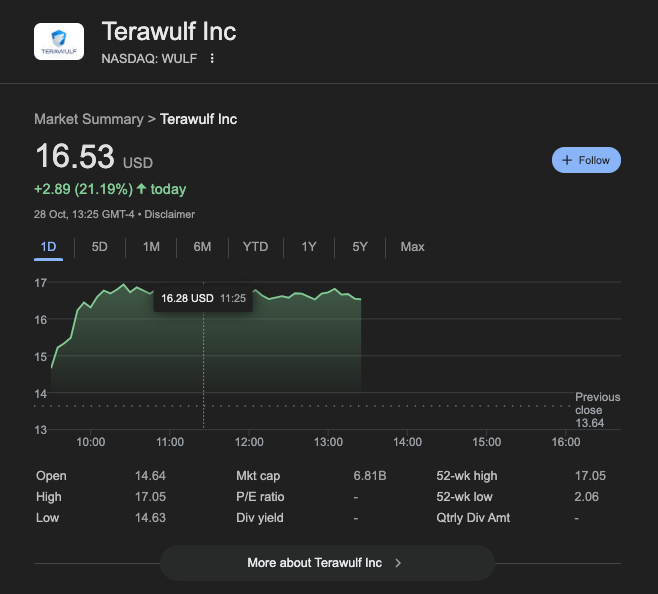The U.S. Department of Energy has signed a $1 billion deal with AMD to build two new supercomputers aimed at accelerating research in energy, medicine, and defense.
The announcement came on Friday from Energy Secretary Chris Wright and AMD CEO Lisa Su, who allegedly confirmed to Reuters that the project is already in motion.
These two machines are being built to handle some of the most complex scientific problems the country faces.
Wright said the goal is to make faster progress in areas like nuclear power, fusion energy, and drug discovery. The systems are expected to process massive volumes of data and run experiments that are too complicated for current machines.
Lux system launches in six months
The first computer, named Lux, will go live within the next six months. It’s built around AMD’s MI355X AI chips, and also includes AMD CPUs and networking chips. This system is a joint effort between AMD, Hewlett Packard Enterprise, Oracle Cloud Infrastructure, and Oak Ridge National Laboratory (ORNL).
“This is the speed and agility that we wanted to do this for the U.S. AI efforts,” Su told Reuters. She added that Lux represents the fastest deployment of a supercomputer of this size she’s ever seen. ORNL Director Stephen Streiffer said Lux will deliver three times the AI capacity of current-generation systems.
Wright said Lux will “supercharge” developments in fields like fusion energy, where scientists are trying to recreate the reaction that powers the sun. That involves heating a plasma gas until light atoms fuse and release energy. “We’ve made great progress, but plasmas are unstable, and we need to recreate the center of the sun on Earth,” he said.
He added that using the AI power of these systems, the US could have practical pathways to fusion energy in as little as two or three years.
On the health side, the system will simulate molecular-level drug responses, helping to find treatments for diseases like cancer.
“My hope is in the next five or eight years, we will turn most cancers, many of which today are ultimate death sentences, into manageable conditions,” Wright said.
Discovery system to arrive in 2029
The second computer, named Discovery, will be delivered by 2028 and go online in 2029. It is designed by ORNL, HPE, and AMD and will use AMD’s MI430 series of AI chips.
Su said the MI430 is a custom version of the MI400 series, blending traditional high-performance compute features with AI capabilities.
Streiffer said Discovery would bring “enormous gains” in processing power, but he didn’t give a specific estimate.
The MI430 chip is engineered for both supercomputing tasks and AI applications, giving it flexibility that older systems don’t have.
A Department of Energy official confirmed the government will host the machines, while the companies will provide the hardware and capital investment.
Both sides will share access to the computing power. The official also said these two systems are expected to be the first in a series of similar public-private supercomputer partnerships across the country.
Claim your free seat in an exclusive crypto trading community – limited to 1,000 members.
Source: https://www.cryptopolitan.com/us-doe-1-billion-supercomputer-deal-amd/


